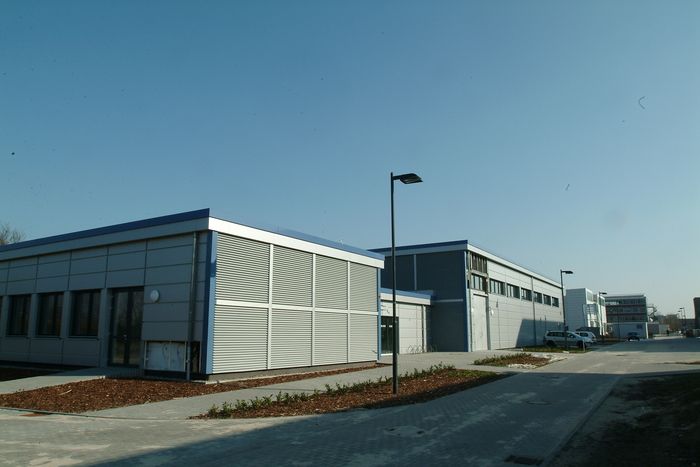Vorträge "High resolution modelling of discharge over Europe using the HD model and related internal variability in the regional coupled system model GCOAST-AHOI"
First Talk: High resolution modelling of discharge over Europe using the HD model (Stefan Hagemann)
Regional coupled system models require a high-resolution discharge component to couple their atmosphere/land components to the ocean component and to adequately resolve smaller catchments and the day-to-day variability of discharge. As the currently coupled discharge models usually do not fulfill this requirement, we improved a well-established discharge model, the Hydrological Discharge (HD) model, to be globally applicable at 5 Min. resolution. As the first coupled high-resolution discharge simulations are planned over Europe and the Baltic Sea catchment, we focus on the respective regions in the present study. As no river specific parameter adjustments were conducted and since the HD model parameters depend on globally available gridded characteristics, the model is, in principle, applicable for climate change studies and over ungauged catchments. For the validation of the 5 Min. HD (HD5) model, we force it with prescribed fields of surface and subsurface runoff. As no large-scale observations of these variables exist, they need to be calculated by a land surface scheme or hydrology model using observed or re-analyzed meteorological data. In order to pay regard to uncertainties introduced by these calculations, three different methods and datasets were used to derive the required fields of surface and subsurface runoff for the forcing of the HD5 model. However, the evaluation of the model performance itself is hampered by biases in these fields as they impose an upper limit on the accuracy of simulated discharge. 10-years simulations (2000-2009) show that for many European rivers, where daily discharge observations were available for comparison, the HD5 model captures the main discharge characteristics reasonably well. Deficiencies of the simulated discharge could often be traced back to deficits in the various forcing datasets. As direct anthropogenic impact on the discharge, such as by regulation or dams, is not regarded in the HD model, those effects can generally not be simulated. Thus, discharges for many heavily regulated rivers in Scandinavia or for the rivers Volga and Don are not well represented by the model. The comparison of the three sets of simulated discharges indicates that the HD5 model is suitable to evaluate the terrestrial hydrological cycle of climate models or land surface models, especially with regard to the separation of throughfall (rain or snow melt) into surface and subsurface runoff.
Second Talk: Internal variability in the regional coupled system model GCOAST-AHOI (Ha Hagemann)
Internal variability (IV) is an important source of uncertainty in the results of global climate models and regional climate models. We investigate the effect of air-sea coupling on IV of the atmospheric model COSMO-CLM (CCLM) of the new regional coupled system model GCOAST-AHOI (Geesthacht Coupled cOAstal model SysTem - Atmosphere, Hydrology, Ocean and sea Ice). We specifically address those physical processes parameterized in CCLM that may cause a large uncertainty during an extreme event and that are affected by the air-sea coupling. Two six-member ensemble simulations were conducted with GCOAST-AHOI and the stand-alone CCLM (CCLM_ctr) for a period of 1 September – 31 December 2013 over Europe. IV is expressed by spreads within the two sets of ensembles. Analyses focus on specific events during this period, especially on the storm Christian occurring from 27-29 October 2013 in northern Europe. Results show that simulations of CCLM_ctr vary largely amongst ensemble members during the storm. By analyzing two members of CCLM_ctr with opposite behaviors we found that the large uncertainty in CCLM_ctr is caused by a combination of two factors (1) uncertainty in cloud-radiation interaction in the atmosphere; and (2) lack of an active two-way air-sea interaction. When CCLM is two-way coupled with the ocean model, the ensemble means of GCOAST-AHOI and CCLM_ctr are relatively similar, but the spread is reduced remarkably in GCOAST-AHOI, not only over the ocean where the coupling is done but also over land due to the land-sea interactions.
After the presentation there will be an opportunity for more detailed discussion.
Kontakt
Pressekontakt
Stabsstelle Kommunikation und Marketing
T +49 (0) 355 69-2115
kathrin.schluessler(at)b-tu.de


